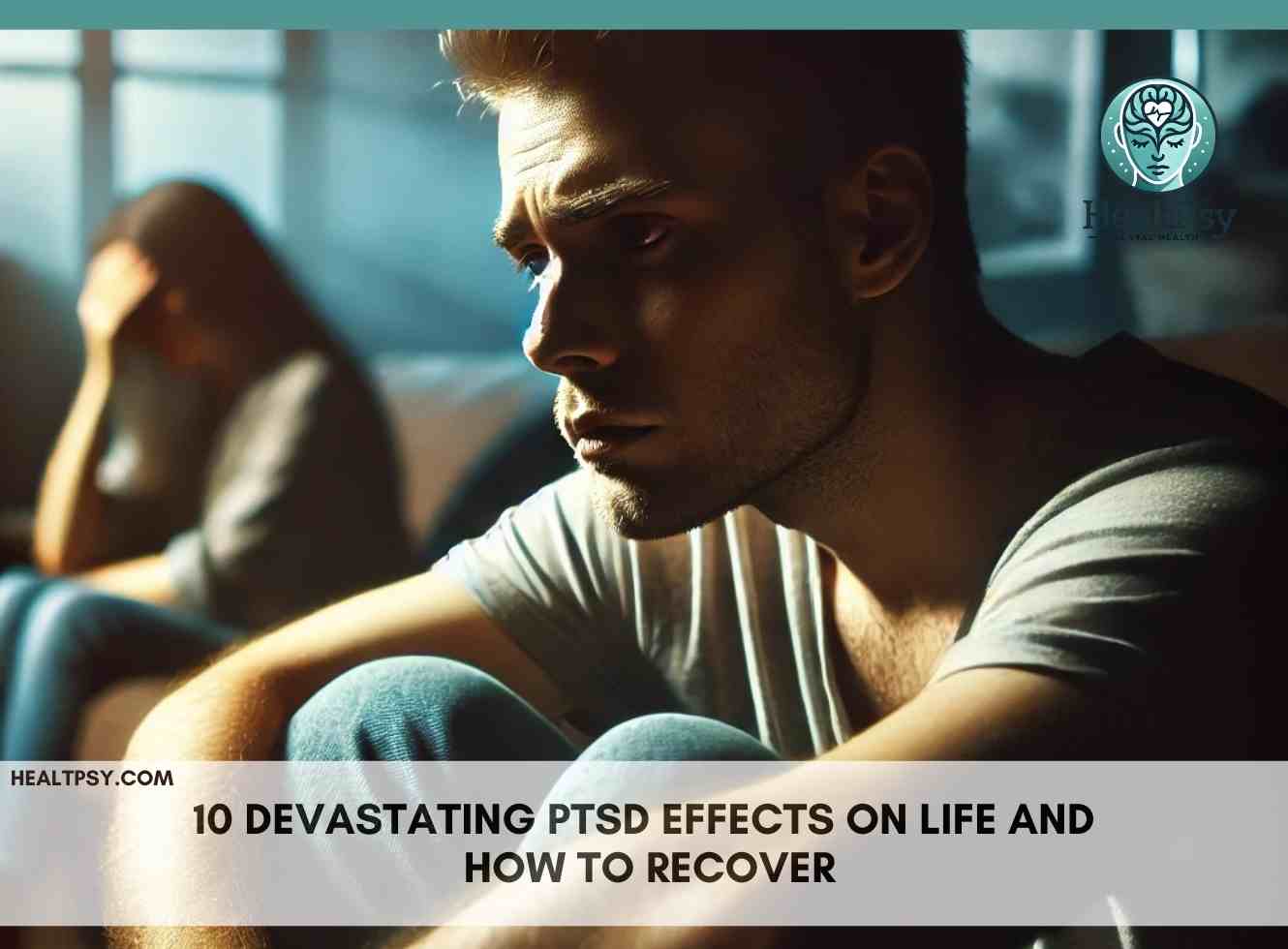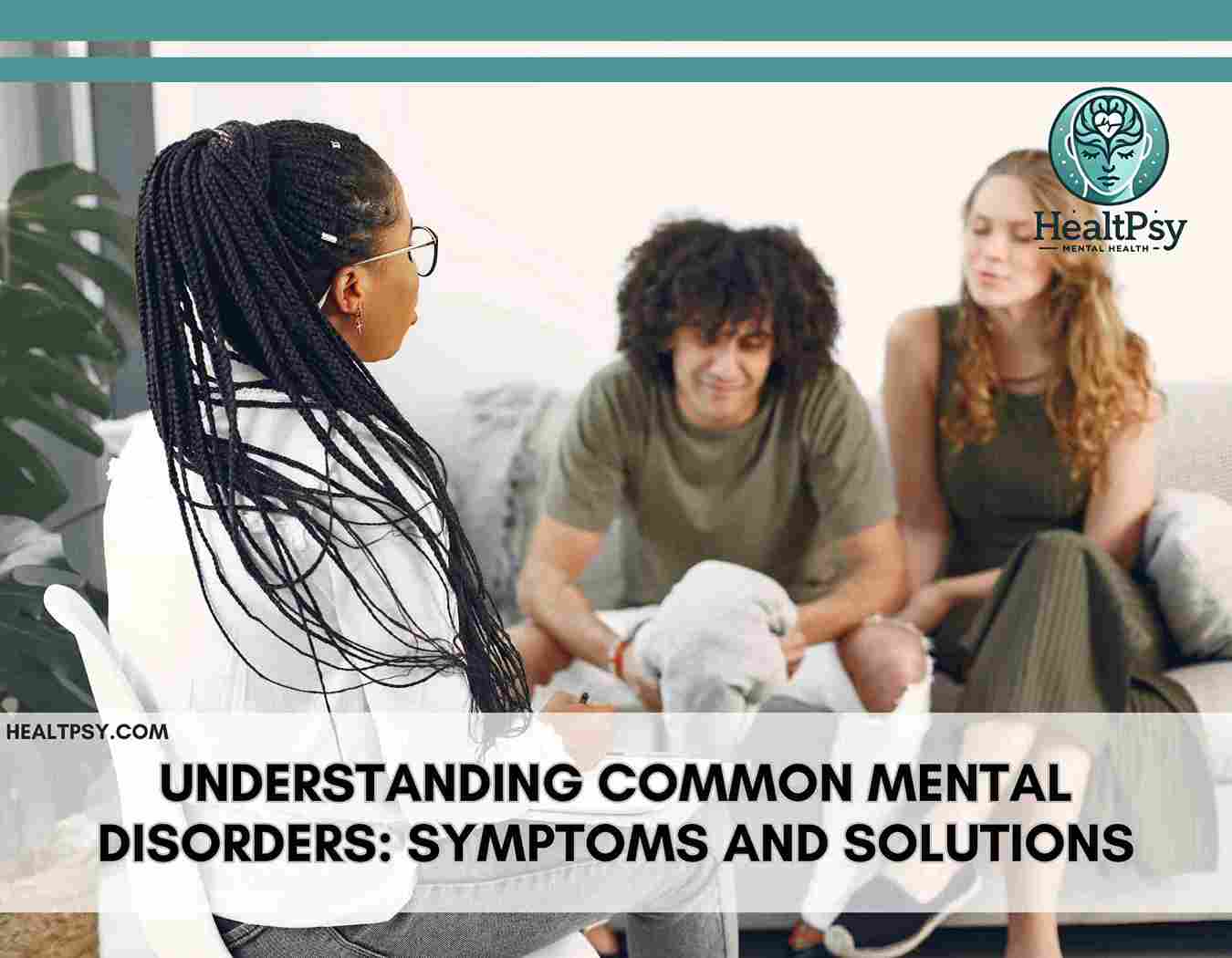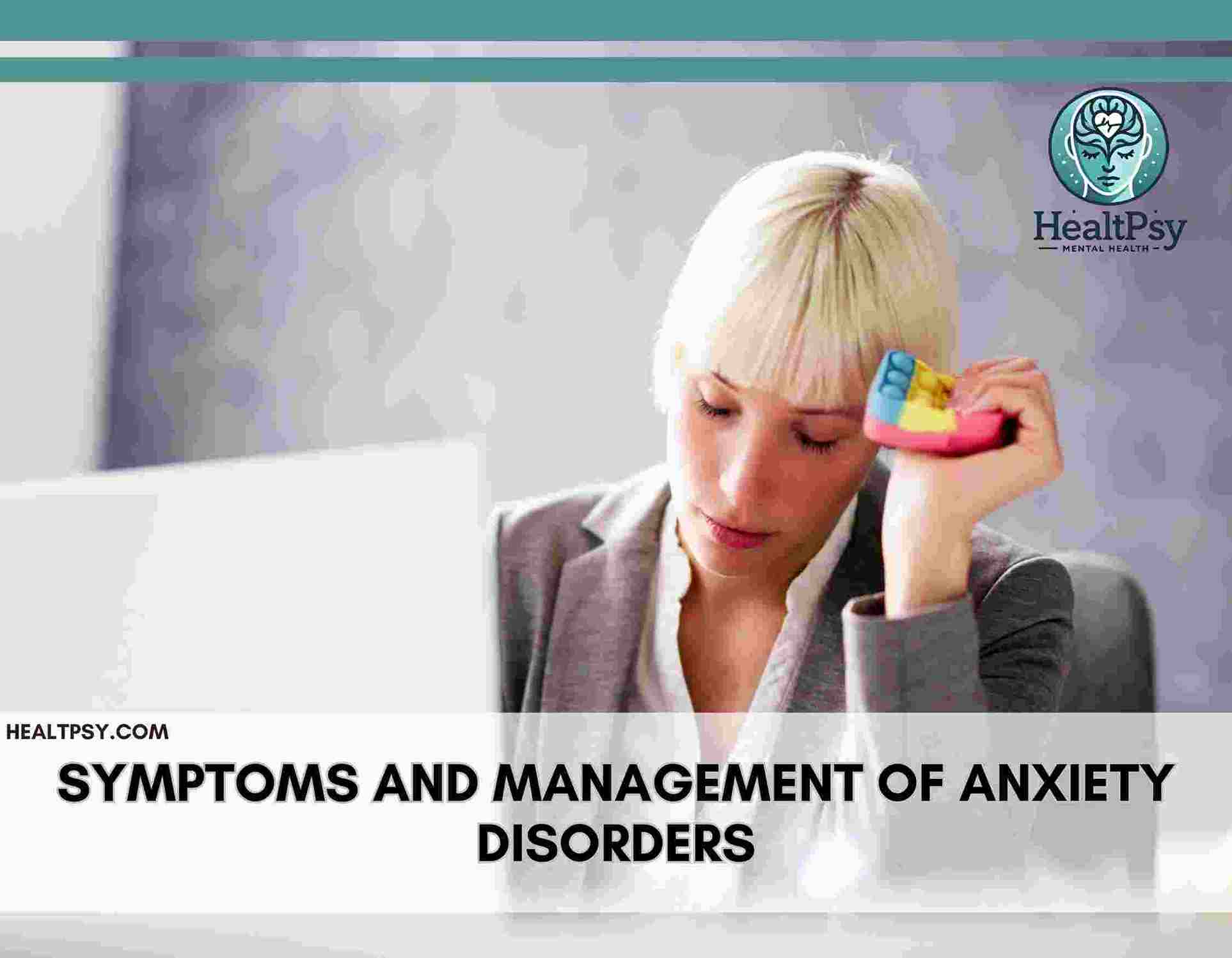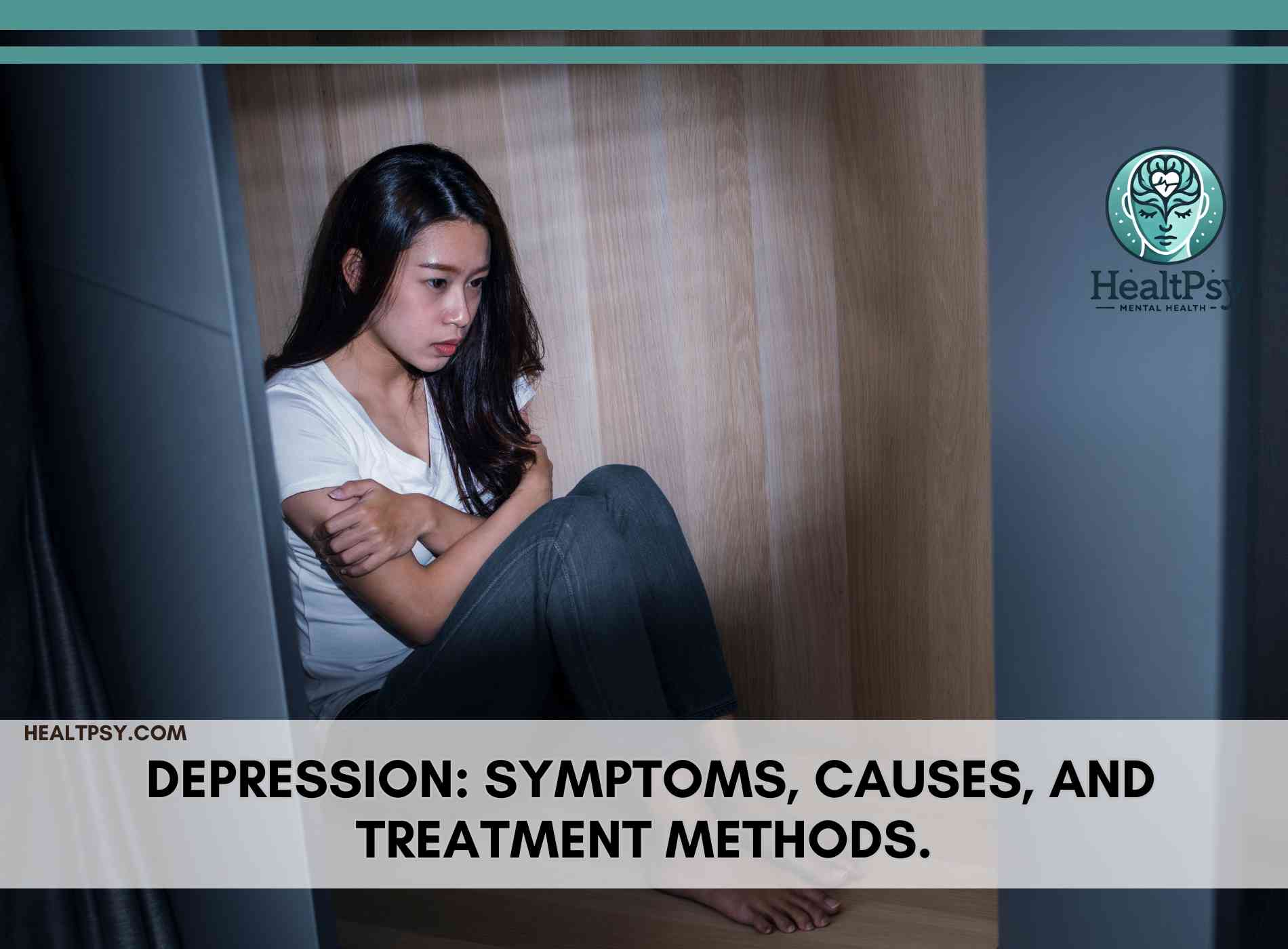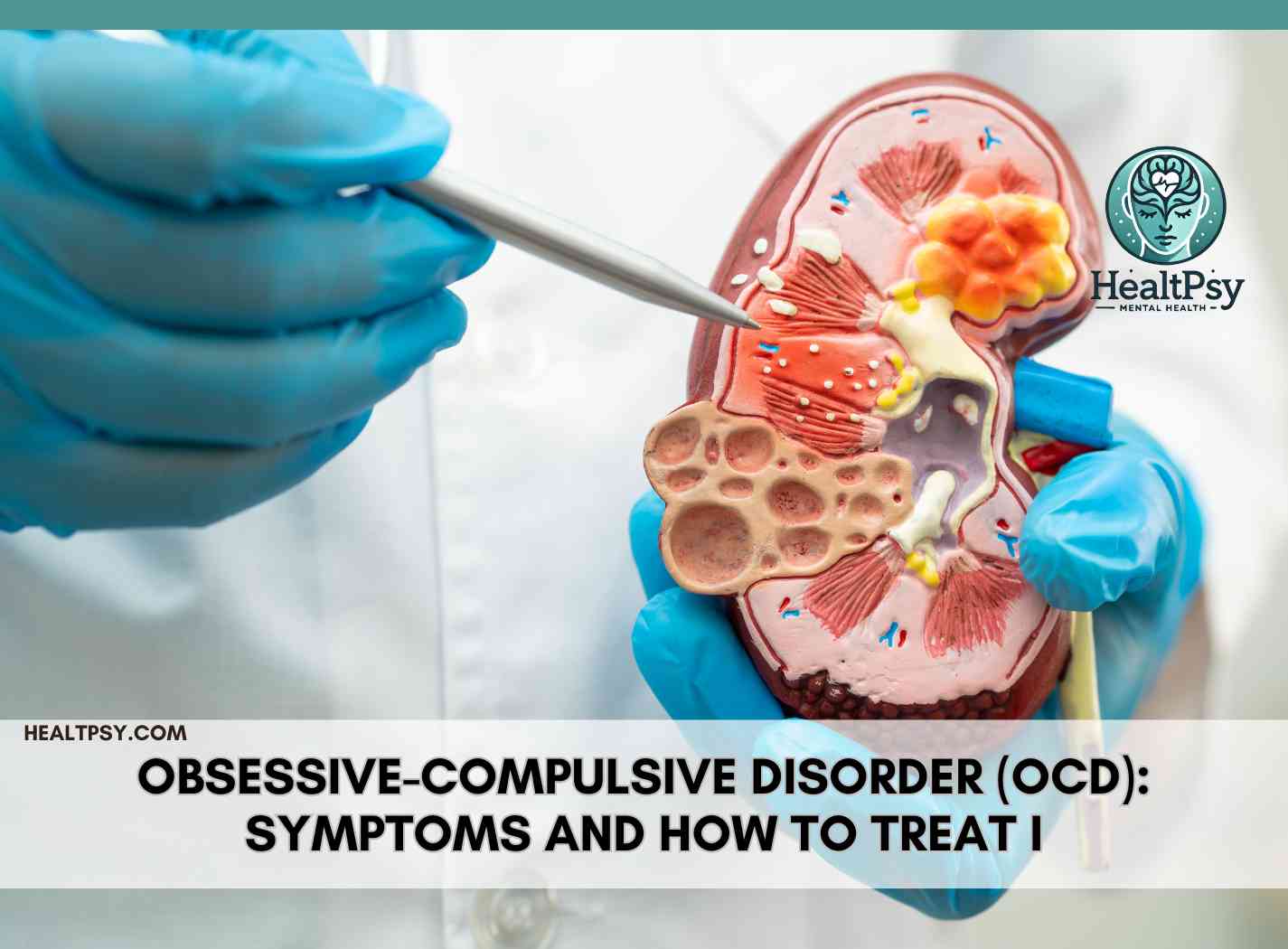10 Devastating PTSD Effects on Life and How to Recover
Post-Traumatic Stress Disorder (PTSD) is a severe mental health condition that develops in response to experiencing or witnessing a traumatic event. It affects millions of people worldwide, impacting their mental, emotional, and physical well-being. Understanding PTSD effects and adopting effective recovery strategies can significantly improve a person’s quality of life. This article explores 10 key PTSD effects on life and practical ways to recover.
What is PTSD?
PTSD is a psychiatric disorder that occurs after exposure to traumatic events such as combat, natural disasters, serious accidents, abuse, or violence. Individuals with PTSD experience persistent distressing symptoms that interfere with daily life. The condition can affect people of all ages, making early recognition and intervention crucial. Recognizing PTSD effects early can lead to better outcomes.
10 PTSD Effects on Life
PTSD affects various aspects of a person’s life, from mental health to relationships and overall well-being. Below are 10 significant PTSD effects:
1. Flashbacks and Intrusive Memories
Individuals with PTSD often experience recurrent and involuntary memories of the traumatic event. These can come in the form of vivid flashbacks, nightmares, or distressing thoughts that make it difficult to focus on daily activities.
2. Severe Anxiety and Hypervigilance
One of the major PTSD effects is triggering a constant state of alertness, making individuals excessively aware of their surroundings. They may startle easily and feel an ongoing sense of danger, even in safe environments.
3. Emotional Numbness and Detachment
Many PTSD sufferers struggle with feeling emotionally disconnected from others. They may avoid social interactions, withdraw from loved ones, and lose interest in activities they once enjoyed.
4. Insomnia and Nightmares
Sleep disturbances are common PTSD effects. Individuals may struggle with falling or staying asleep due to recurring nightmares or racing thoughts.
5. Depression and Hopelessness
The emotional toll of PTSD often leads to chronic sadness, feelings of worthlessness, and a lack of motivation to engage in daily life.
6. Difficulty Maintaining Relationships
PTSD can strain relationships due to mood swings, avoidance behaviors, and emotional withdrawal. Loved ones may struggle to understand the individual’s reactions and needs.
7. Increased Risk of Substance Abuse
To cope with overwhelming emotions, some individuals turn to alcohol, drugs, or other addictive behaviors, which can lead to dependency and worsen mental health conditions.
8. Physical Health Issues
The prolonged stress associated with PTSD effects can contribute to high blood pressure, weakened immune function, chronic pain, and digestive problems.
9. Negative Impact on Work and Productivity
Many PTSD sufferers find it difficult to maintain focus, meet deadlines, or handle work-related stress, leading to job loss or underperformance.
10. Suicidal Thoughts and Self-Harm
In severe cases, PTSD can lead to suicidal ideation or self-harming behaviors, making professional intervention critical.
Effective Ways to Recover from PTSD
Although PTSD is a complex disorder, recovery is possible with the right approach. Here are 10 strategies to help individuals regain control and improve their well-being:
1. Seek Professional Therapy
Therapies like Cognitive-Behavioral Therapy (CBT) and Eye Movement Desensitization and Reprocessing (EMDR) are highly effective in processing trauma and reducing PTSD effects. Learn more about therapy options here.
2. Practice Mindfulness and Meditation
Mindfulness techniques help PTSD sufferers stay grounded and manage emotional distress. Deep breathing, progressive muscle relaxation, and guided meditation can improve emotional resilience. Learn more here.
3. Build a Strong Support System
Connecting with trusted friends, family, or support groups can provide emotional reassurance and reduce feelings of isolation.
4. Engage in Regular Physical Activity
Exercise, such as yoga, walking, or strength training, can reduce anxiety, improve mood, and promote better sleep.
5. Establish Healthy Sleep Habits
Creating a consistent bedtime routine, reducing screen exposure before sleep, and practicing relaxation techniques can improve sleep quality.
6. Avoid Triggers and Develop Coping Mechanisms
Identifying triggers that cause distress and developing healthy coping strategies—such as journaling or engaging in creative activities—can help manage symptoms.
7. Consider Medication When Necessary
Medications like SSRIs (Selective Serotonin Reuptake Inhibitors) can help manage anxiety and depression symptoms. A mental health professional can determine if medication is a suitable option.
8. Participate in Trauma-Focused Therapy
Therapies designed specifically for PTSD, such as Trauma-Focused CBT, can help individuals reframe traumatic memories and reduce emotional distress.
9. Engage in Expressive Therapies
Art therapy, music therapy, and writing therapy can be effective ways to process trauma in a non-verbal and healing manner.
10. Set Realistic Goals for Healing
Recovery from PTSD is a gradual process. Setting small, achievable goals can help build confidence and a sense of progress.
Conclusion
PTSD has a profound impact on mental, emotional, and physical well-being, but recovery is possible with the right strategies. Therapy, self-care, strong support systems, and mindfulness practices play essential roles in healing. Seeking professional help and implementing healthy coping mechanisms can help individuals regain control over their lives and move toward a fulfilling future.
you might also like

